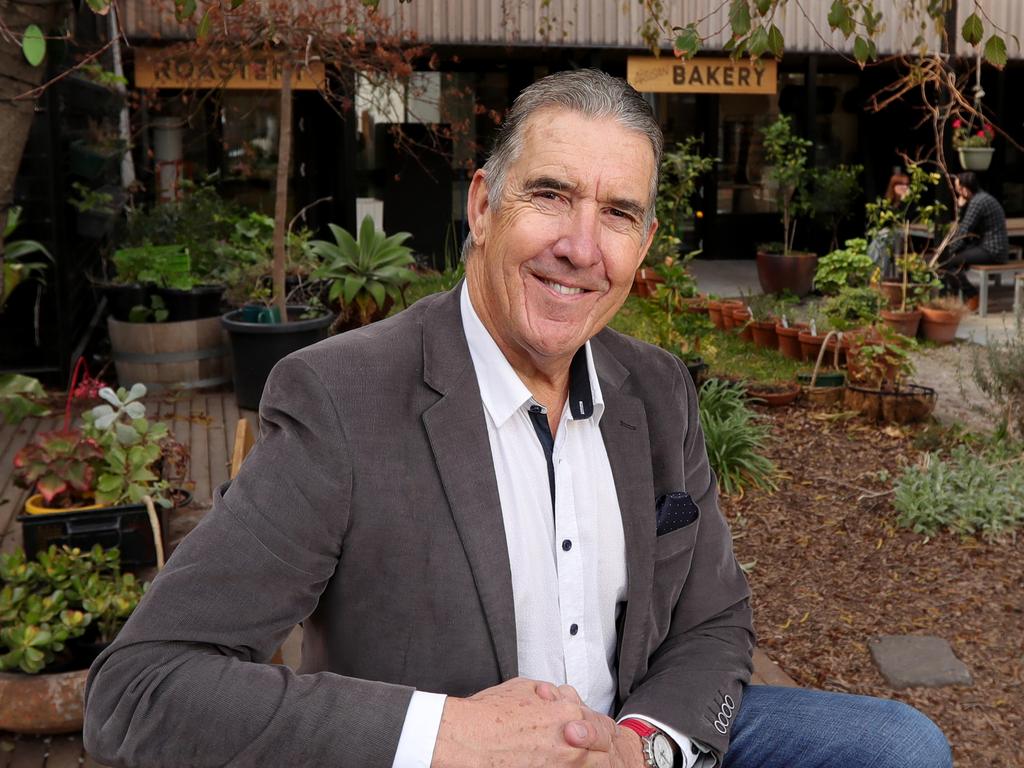
Industry experts say the latest numbers published by the prudential regulator indicating the SMSF sector contracted by 9.4 per cent - or $70bn - in the three months to March 30 are estimates that cannot be validated until actual numbers are collected by the Australian Taxation Office later this year.
The report from the Australian Prudential Regulation Authority, indicates that SMSFs on average lost more money in the downturn than the wider super industry, which averaged a drop of 7.7 per cent.
But traditional asset allocations among SMSF operators have a major bias towards cash, which should have anchored most funds during the crisis.
“With many SMSFs holding 20 per cent cash and the remarkable rebound we have seen in shares, I think there may well be adjustments to these numbers in the months ahead,” says Graeme Colley at SuperConcepts.
Indeed adjustment might also have to be made for bigger funds and their unlisted assets - a class of investment rarely held by SMSFs.
With major holdings in unlisted investments, such as infrastructure, many industry funds have been under pressure to writedown the value of assets in recent weeks.
Separately, SMSF specialists suggest the highly individual nature of investment allocation in the SMSF sector means that average outcomes in this area mean very little.
They also argue that individual SMSFs do not have the same reporting timelines as major funds and getting a comparable picture for all funds in such a tight timeframe is not feasible.
‘If anything we find that SMSF operators take more confidence from such difficult periods as they have the flexibility to manage their portfolios and can move quickly,” says John Maroney, CEO of the Self Managed Super Funds Association.
Maroney says new data points to a resurgence of activity in the sector with the number of SMSF commencements on the rise for the first time in years.
SMSF registrations for January and February 2020 were 3246 compared with 2807 SMSFs registered during the same period last year - an increase of 15.6 per cent.
Maroney adds: “Early indications suggest SMSF registrations have surpassed March 2019 by 6 per cent (registrations to 25 March 2020). This confirms there has been an increase in registrations following the COVID-19 outbreaks.”
SMSF operators have had to adjust to a long line of cutbacks in the space over recent years as successive governments sought to reduce the amount that could be contributed into super each year.
However, the Financial Services Council has now sought to revisit the restrictions put on superannuation contributions.
At present the maximum that can be contributed pre-tax (concessional) into super is $25,000 regardless of age.
The FSC has asked the government to consider lifting the concessional cap from $25,000 to $50,000 for anyone over 50 on a one-off basis in this year’s October budget.








The nation’s million plus self-managed super fund operators are smarting at a recent report that suggests the sector has fared worse than institutional rivals during the pandemic crisis.